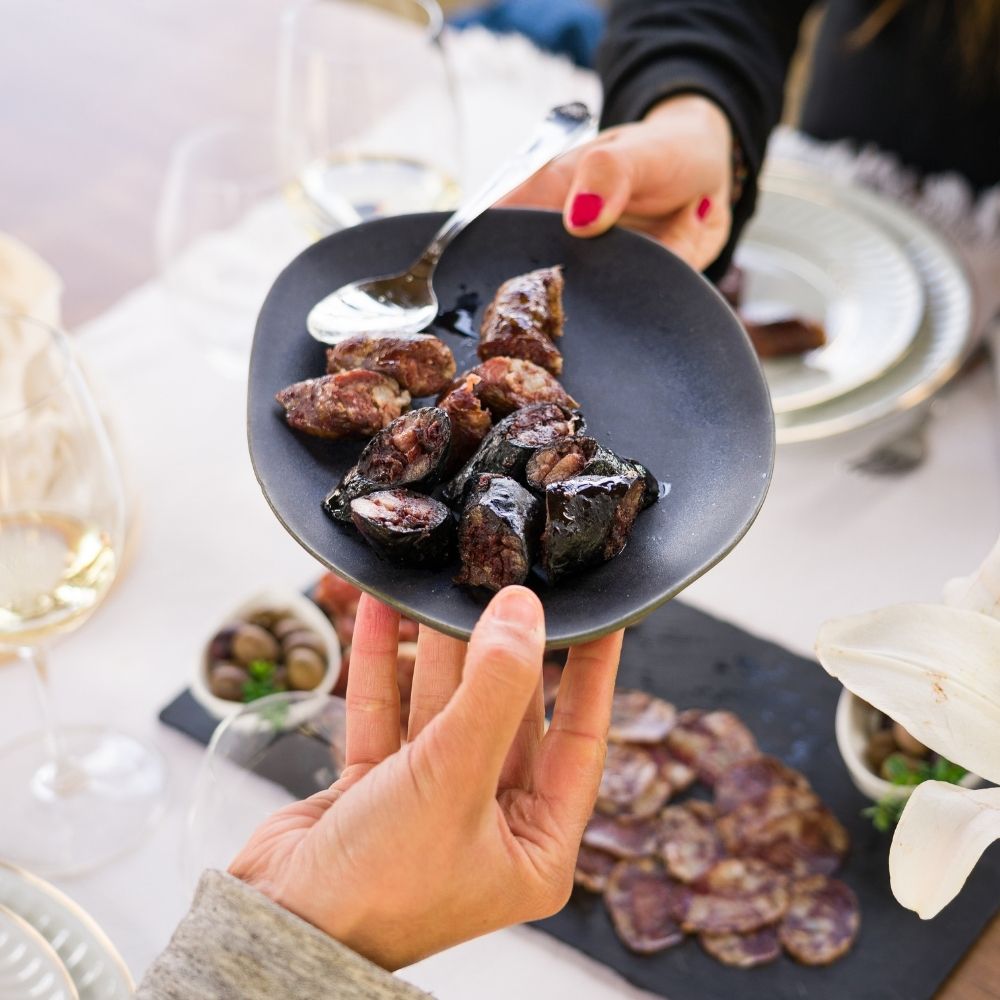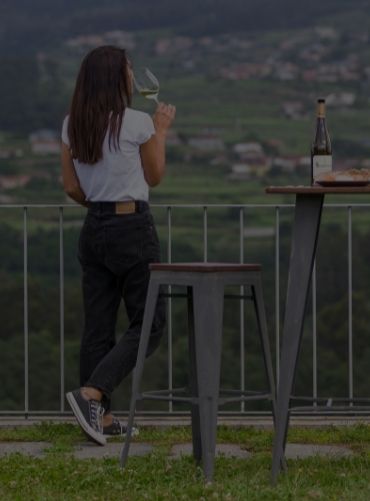
Soalheiro : : Wine
Soalheiro Granit – Alvarinho 2020
Rightfully bearing the name Granit, this wine is all about minerality. It offers less fruit and more acidity, revealing an unusual dimension of Alvarinho from the mountain. Its elegance and crisp texture make Soalheiro Granit a very gastronomic wine.
Region: Monção and Melgaço, Vinho Verde DOC
Alcohol (%): 13,0
Total Acidity (g/dm3): 6,1
Residual Sugar: Dry
Grape Varieties: Alvarinho
pH: 3,27
Volatile Acidity (g/dm3): 0,38
(The values are approximate)
With its mineral flavours and bracing acidity, Soalheiro Granit especially complements Mediterranean cuisine such as seafood, grilled fish, or oven-baked fatty fish. It also pairs well with white and smoked meats, mature cheeses, or delicate Asian dishes such as sushi or dumplings.
Granit has a bright, lemon-yellow colour, exhibiting elegant aromas with more mineral notes. The taste is crisp, dry, and persistent, with more earthy and stony flavours. There is a sensation of saltiness on the palate, reflecting the impact of the granite soils on Alvarinho.
Granit is made from Alvarinho grapes from a specific selection of small vineyards planted in granitic soil. Today, these vineyards lie at around 400 meters in altitude in the sub-region of Monção and Melgaço. As the vineyard placement increases in altitude, the fruity characteristics of Alvarinho give way to more acidity and mineral notes. The parcels are chosen due to the minerality and less fertile qualities of the soil, causing the roots of the Alvarinho grapevines to root deep in the mountain slopes to find nutrients.
The grapes from these high-altitude vineyards are harvested by hand. After pressing, and before fermentation, the must is clarified. Fermentation takes place in stainless steel vats at a higher temperature than is usual for white wine (22°C). This ensures that Alvarinho’s naturally fruity character does not outshine the delicate minerality that we look for in this wine. Bâtonnage and ageing on the fine lees improve the structure of the wine before its bottling.


![INFUSÕES_LOGO-VERTICAL[dourado]](https://soalheiro.com/wp-content/uploads/2022/05/INFUSÕES_LOGO-VERTICALdourado-e1653925359762-1024x761.png)










